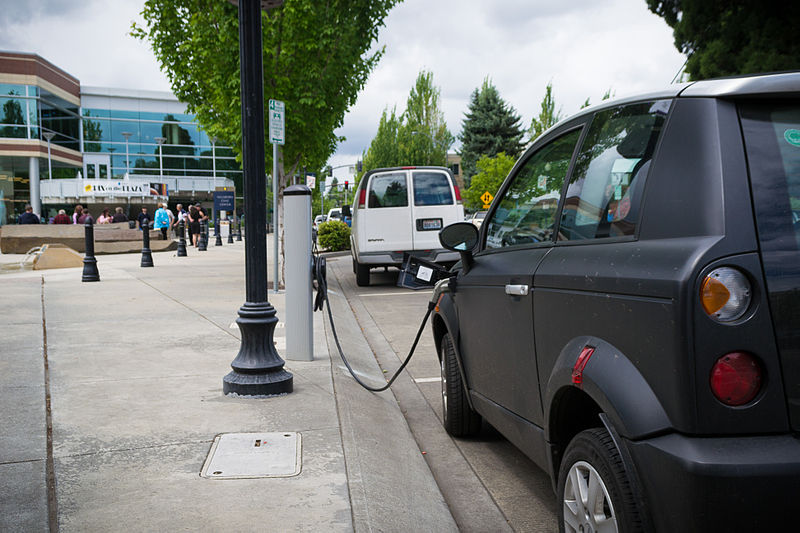Every savvy eCommerce brand understands that delivering a great customer experience is key to long-term success. Part of that ‘great customer experience’ is having efficient and fast logistics operations, including returns or reverse logistics processes.
But while online shopping has never been easier, the journey of a product in the reverse direction is still far from straightforward. And yet, returns are just as important as forward logistics for maintaining customer satisfaction and reducing costs.
In this blog post, we explore the complexities of returns in eCommerce and explain why every ambitious brand should care about its reverse logistics operations. We also give you tips on how to optimize your return strategies so you can increase customer loyalty while minimizing costs.
The Crucial Role of Reverse Logistics in eCommerce
First, what exactly is reverse logistics? In simple terms, it’s the journey a product makes in reverse, so from the end-user back to the seller or manufacturer.
Sounds simple, but unfortunately, reality is often much more complex than that. This is because, unlike traditional logistics that flow in a linear fashion, reverse logistics operates in a maze of unpredictable paths.
Let’s take an example of a shirt with a loose button. When the customer decides to return it, the shirt travels back through the supply chain, making pit stops at various stations like the retailer’s warehouse, possibly a refurbishment center, and finally back to the manufacturer.
Why does this matter for your business? Well, we live in a fast-paced digital age where consumers not only want hassle-free returns but outright expect them. They want simplicity, convenience, and speed when returning items, often expecting a process as smooth as the initial purchase. So, to retain your customers and inspire loyalty, you must keep your reverse logistics processes running smoothly.
Put clean and tidy, here are three reasons why reverse logistics matter in eCommerce:
- Customer Satisfaction and Loyalty: Much has been said about this already so we’ll keep this bit short. Suffice it to say that when a customer receives a damaged product or one that doesn’t meet their expectations, the ability to return or exchange the said product easily becomes a crucial factor in determining their customer experience and satisfaction.
- Regulatory Compliance and Environmental Responsibility: In this day and age, when businesses are increasingly under pressure to adopt sustainable practices, it’s essential to have a return strategy that complies with environmental regulations and reduces waste. Having responsible reverse logistics helps you not only remain compliant with laws and regulations, but can also contribute to a positive brand image and even enhance your profits.
- Effective Inventory Management: No matter how fantastic your products are, returns are inevitable from time to time. Without a well-organized reverse logistics system, returned items may linger in warehouses, which can then lead to discrepancies in stock records, potentially causing financial losses.
Complexities and Challenges in Reverse Logistics
While having an effective returns strategy is essential for long-term success, building one is more complex than it may sound. Here is why.
The Many Reasons for Returns
To build a good reverse logistics strategy, you need to be aware of the primary reasons your products are getting returned. Unfortunately, there can be many such reasons. Is it due to defects? Wrong sizes? Maybe it’s just about extremely high customer expectations and changing preferences? Each return scenario demands a tailored approach.
Transportation and Packaging
Another problem is that returning items often require different transportation methods and packaging than the initial shipment. Coordinating these logistics can be tricky. On top of this, the condition of returned items may vary, making proper packaging crucial to prevent further damage during transit.
Integration with Forward Logistics
For a holistic approach to logistics, reverse logistics should seamlessly integrate with forward logistics. This means you need a cohesive system where information flows seamlessly between the two processes. As you can imagine, achieving this integration requires not only efficient communication channels but also pricy technology solutions.
How to Optimize Your Returns Strategy
When all is said and done, what can you do to construct an effective reverse logistics strategy?
- Have Transparent Return Policies: Clearly communicate return policies to customers in order to help them understand the process and requirements.
- Real-Time Tracking: Invest in technology that provides real-time visibility into the reverse logistics process. This includes tracking returned items, understanding the reasons for return, and predicting potential bottlenecks.
- Partner with Reliable Logistics Providers: Collaborate with experienced logistics partners to simplify the returns process. A reliable partner brings expertise in handling returns and managing transportation.
- Continuously Analyze and Optimize: Regularly analyze data, customer feedback, and return patterns to tailor your reverse logistics system to the changing needs of your business and customers.







